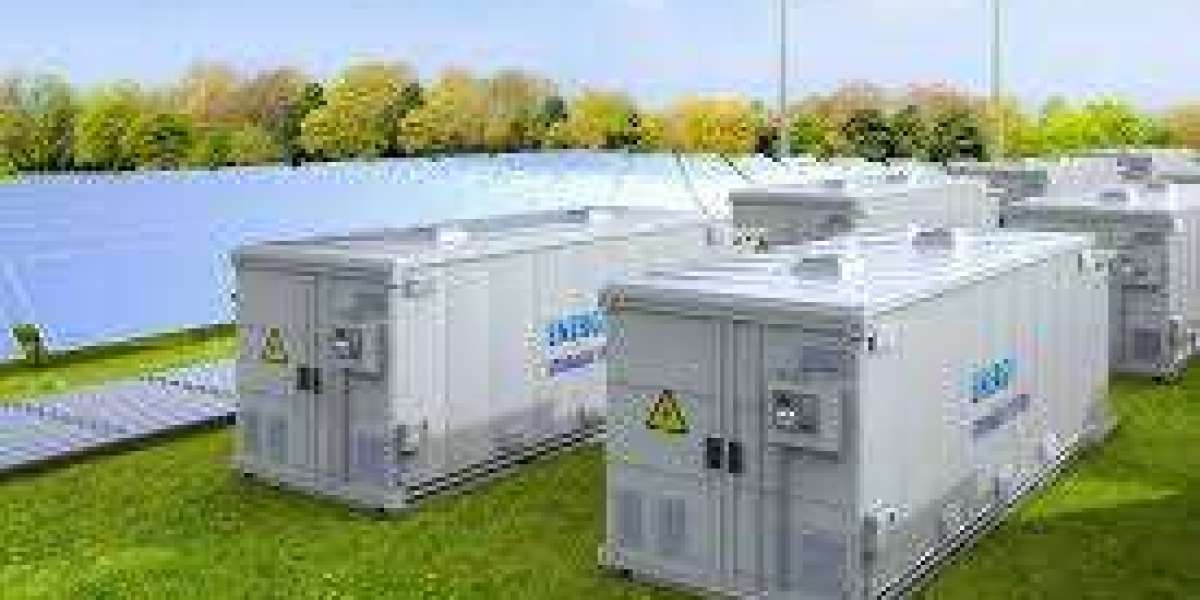Introduction
The battery energy storage system (BESS) Market relies heavily on the choice of battery chemistry, as it directly impacts performance, cost, safety, and environmental sustainability. Comparative analysis between lithium-ion, lead-acid, sodium-ion, flow, and solid-state batteries provides insights into their advantages, limitations, and suitability for various applications, shaping global deployment trends.
Lithium-Ion Batteries
Lithium-ion (Li-ion) batteries are the most widely adopted chemistry in the BESS market due to their high energy density, efficiency, and long cycle life. They are used in utility-scale, commercial, and residential applications, offering flexibility in system design and modular scalability.
Advantages of Li-ion batteries include fast response times, high charge-discharge efficiency, and reduced maintenance needs. However, they are relatively expensive, require thermal management, and involve challenges in recycling. Despite these limitations, lithium-ion remains the dominant choice for most modern energy storage systems.
Lead-Acid Batteries
Lead-acid batteries are one of the oldest energy storage technologies and are still used in certain industrial and off-grid applications. They are cost-effective, reliable, and relatively simple to maintain.
However, lead-acid batteries have lower energy density, shorter cycle life, and limited efficiency compared to lithium-ion. They are also heavier and occupy more space, making them less suitable for large-scale and residential applications where space and performance are critical.
Sodium-Ion Batteries
Sodium-ion (Na-ion) batteries are emerging as a promising alternative to lithium-ion technology, particularly where cost and raw material availability are concerns. Sodium is abundant, making Na-ion batteries potentially more sustainable and affordable.
While they currently offer lower energy density than lithium-ion, ongoing research is improving their performance and lifespan. Sodium-ion batteries are likely to see increased adoption in large-scale utility storage projects and regions with limited lithium supply.
Flow Batteries
Flow batteries, such as vanadium redox systems, are gaining attention for utility-scale and grid applications due to their scalability, long cycle life, and ability to provide continuous energy output. They are particularly suitable for long-duration energy storage and renewable integration.
Advantages include modular design, easy capacity expansion, and high reliability. Flow batteries require larger physical space and have higher upfront costs, but their operational longevity and performance make them attractive for large renewable energy projects.
Solid-State Batteries
Solid-state batteries are an emerging technology offering high energy density, improved safety, and longer lifespan compared to conventional liquid-electrolyte batteries. They use solid electrolytes, reducing risks of leakage, fire, or thermal runaway.
Although currently expensive and in early commercialization stages, solid-state batteries hold significant potential for both utility-scale and residential BESS applications. Advances in manufacturing and material science are expected to make them more commercially viable in the near future.
Comparative Analysis and Application Suitability
Choosing the right battery chemistry depends on specific application requirements. Lithium-ion dominates for high-density, modular, and fast-response applications such as EV integration, commercial energy storage, and residential solar-plus-storage systems.
Lead-acid batteries remain relevant for backup power, uninterruptible power supplies (UPS), and off-grid applications with lower energy density requirements. Sodium-ion offers a cost-effective alternative for regions with abundant sodium resources and utility-scale storage projects. Flow batteries are ideal for long-duration grid storage and renewable energy integration. Solid-state batteries promise high energy density and safety for future residential and industrial applications.
Regional Preferences and Market Trends
North America and Europe predominantly adopt lithium-ion batteries for utility-scale, commercial, and residential applications due to performance efficiency and technological maturity. Flow batteries are also deployed in regions with renewable energy mandates and long-duration storage needs.
Asia-Pacific shows significant growth in lithium-ion adoption, particularly in China, Japan, and India. Sodium-ion and solid-state battery research is accelerating in this region to address cost and raw material concerns. Lead-acid batteries continue to serve specific industrial and off-grid markets in emerging economies.
Future Outlook
The global BESS market is expected to witness diversification in battery chemistries as demand grows for efficient, cost-effective, and sustainable energy storage solutions. Lithium-ion will remain dominant in the short term, while sodium-ion, flow, and solid-state technologies gain traction for specialized applications.
Advances in battery chemistry, recycling methods, and hybrid energy storage systems will drive adoption across utility, industrial, and residential sectors. Comparative understanding of battery performance, cost, and environmental impact will guide strategic decisions for manufacturers, utilities, and policymakers.



